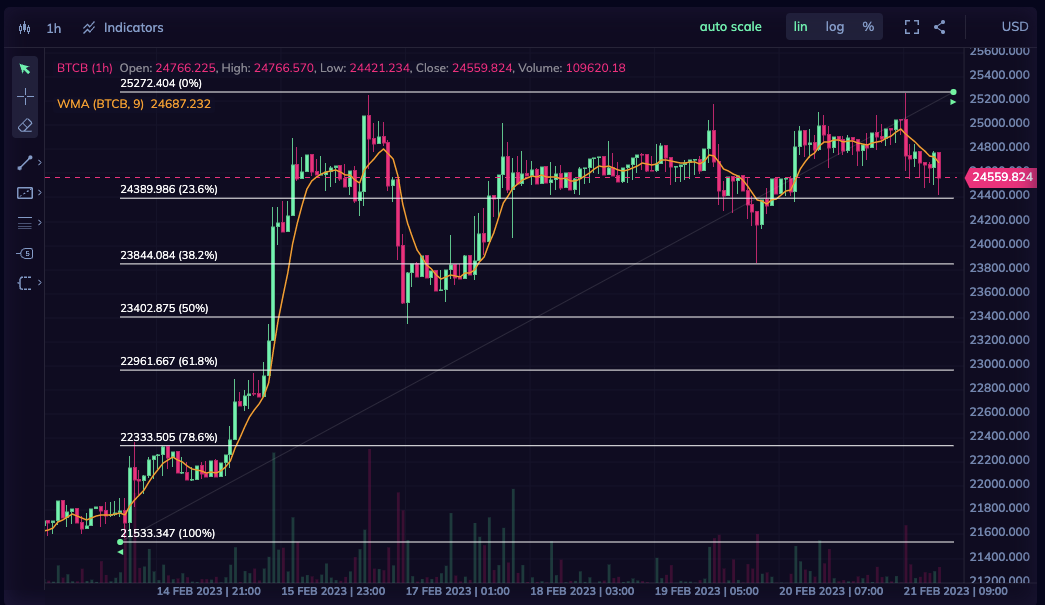What is Blockchain
Blockchain is a decentralized digital ledger that records transactions in a secure and transparent manner.

Blockchain technology has taken the world by storm, with its potential to transform industries and disrupt traditional systems. In this article, we will explore what blockchain is, its history, use cases, examples, how it works, pros and cons, and some interesting facts.
Definition of Blockchain
Blockchain is a decentralized digital ledger that records transactions in a secure and transparent manner. It consists of a network of computers that validate and store transaction data, which is secured by complex cryptographic algorithms. Blockchain technology eliminates the need for intermediaries, making it faster, cheaper, and more efficient than traditional systems.
History of Blockchain
The concept of blockchain was first introduced in 2008 by an anonymous person or group of people known as Satoshi Nakamoto. Nakamoto published a white paper titled "Bitcoin: A Peer-to-Peer Electronic Cash System," which described a decentralized system for recording transactions. This system was the first implementation of blockchain technology and paved the way for the development of other blockchain-based platforms.
Use Cases of Blockchain
Blockchain technology has a wide range of use cases across various industries, including finance, healthcare, supply chain management, and more. Some of the most notable use cases include:
- Cryptocurrencies: Blockchain technology is the backbone of cryptocurrencies like Bitcoin, which are used for peer-to-peer transactions without the need for intermediaries.
- Smart Contracts: Smart contracts are self-executing contracts that use blockchain technology to automate the verification and enforcement of contract terms.
- Supply Chain Management: Blockchain technology can be used to track the movement of goods and ensure transparency and accountability in the supply chain.
- Healthcare: Blockchain technology can be used to securely store and share patient data, ensuring privacy and security.
Examples of Blockchain
- Bitcoin: The first and most popular cryptocurrency that uses blockchain technology.
- Ethereum: A decentralized platform that enables the creation of smart contracts and decentralized applications (dApps).
- Ripple: A payment protocol that uses blockchain technology to enable fast and secure cross-border transactions.
How Blockchain Works
Blockchain technology works by creating a network of nodes (computers) that validate and store transaction data in a decentralized manner. Each block in the blockchain contains a record of multiple transactions, which is secured by cryptographic algorithms. Once a block is added to the blockchain, it cannot be altered or deleted, ensuring the integrity and immutability of the data.
Pros and Cons of Blockchain
Pros:
- Decentralization: Blockchain technology eliminates the need for intermediaries, making transactions faster, cheaper, and more efficient.
- Transparency: Blockchain technology enables transparent and secure transactions, reducing the risk of fraud and corruption.
- Security: Blockchain technology uses complex cryptographic algorithms to secure transaction data, making it virtually impossible to hack.
Cons:
- Scalability: Blockchain technology can be slow and inefficient when processing large volumes of transactions.
- Energy Consumption: Blockchain technology requires a significant amount of energy to validate and store transaction data.
- Regulation: The decentralized nature of blockchain technology poses a challenge for regulators, making it difficult to enforce laws and regulations.
Interesting Facts About Blockchain
- The first Bitcoin transaction was made on January 12, 2009, when Nakamoto sent 10 BTC to developer Hal Finney.
- The total market capitalization of cryptocurrencies was over $2 trillion as of April 2021.
- The first recorded use of the word "blockchain" was in a 2008 white paper by Satoshi Nakamoto.
- Blockchain technology has the potential to disrupt traditional industries and create new business models, with estimates that it could add $1.76 trillion to the global GDP by 2030.
Conclusion
Blockchain technology is a revolutionary technology that has the potential to transform various industries and create new opportunities. It is a decentralized digital ledger that uses complex cryptographic algorithms to secure transaction data, eliminating the need for intermediaries and ensuring transparency and accountability.
Despite its potential benefits, blockchain technology also has its challenges, including scalability issues, energy consumption, and regulatory challenges. However, as the technology continues to evolve, these challenges can be addressed, making blockchain more accessible and widely adopted.
As we look to the future, the potential use cases of blockchain technology are limitless. From healthcare to supply chain management to finance, blockchain technology has the potential to transform various industries, creating new opportunities and disrupting traditional systems. It is an exciting time to be part of the blockchain revolution, and we can only expect more developments and innovations in the years to come.
You can find a lot of information about the blockchain market on Dexer.io




